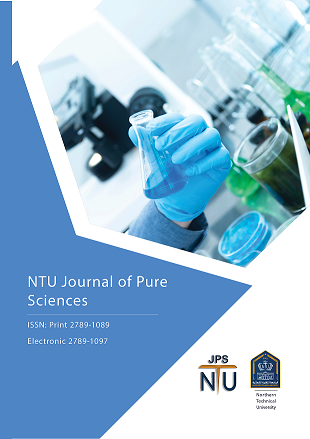Anti-inflammatory and Protective Effects of Melatonin on Rats Exposed to Anticancer Drugs
DOI:
https://doi.org/10.56286/ntujps.v2i2.321Keywords:
Anticancer, AST, ALT, CRP, Anti -inflammatory .Abstract
ABSTRACT
This study was aimed to investigate the effects of Melatonin at )10mg/kg) on liver function enzymes AST,ALT,ALP activity and determination the inflammatory marker CRP activity and total counting of WBC on rats exposed to anticancer drugs Gemcitabine, and protective effects of melatonin in the liver tissue.
Materials and Methods: sixty four adult male albino rats were used in this study, weighing (250-350) gm at temperature 22±20C , The animals were feeding and drinking water as needed . the animals were divided into 5 main groups as follow : Group A( Control group n=8 ) given a daily D.W. Group B:(melatonin group n=8)given a daily melatonin 10mg/kg/orally. Group C (Gemcitabine n=16) this group was divided into two group according to Gemcitabine dose (25 and 50 mg/kg). Group D (protective group n=16): this group was divided into two group according to Gemcitabine dose (25 and 50 mg/kg ) together with given a daily melatonin in dose (10mg /kg) orally.
Group E (protective and treatment group n=16) : this group was divided into two group according to Gemcitabine dose (25 and 50 mg/kg ). This group was given a daily melatonin in dose (10mg /kg) orally as a treatment.
The results showed that melatonin reduced the activity of AST, ALT enzymes compare with gemcitabine treated groups, While increased the activity of ALP in A, B groups compare with gemcitabine treated groups , that induced by chemotherapy drug ,While decreased the activity of CRP inflammatory marker in A, B groups compare with another groups that treated with anticancer drug. Melatonin given protective effect on liver enzymes and tissues from damaged that happened by Gemcitabine in two different dose (25,50 mg/kg ) .
Downloads
Downloads
Published
Issue
Section
License
This work is licensed under a Creative Commons Attribution 4.0 International License (CC BY 4.0), which permits unrestricted use, distribution, and reproduction in any medium, provided the original work is properly cited.





